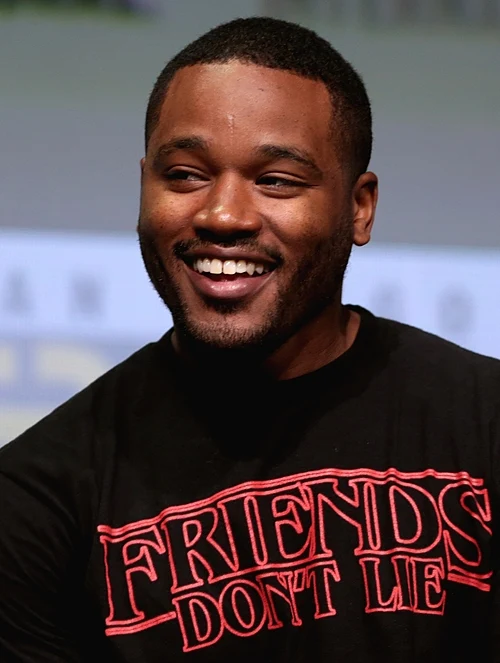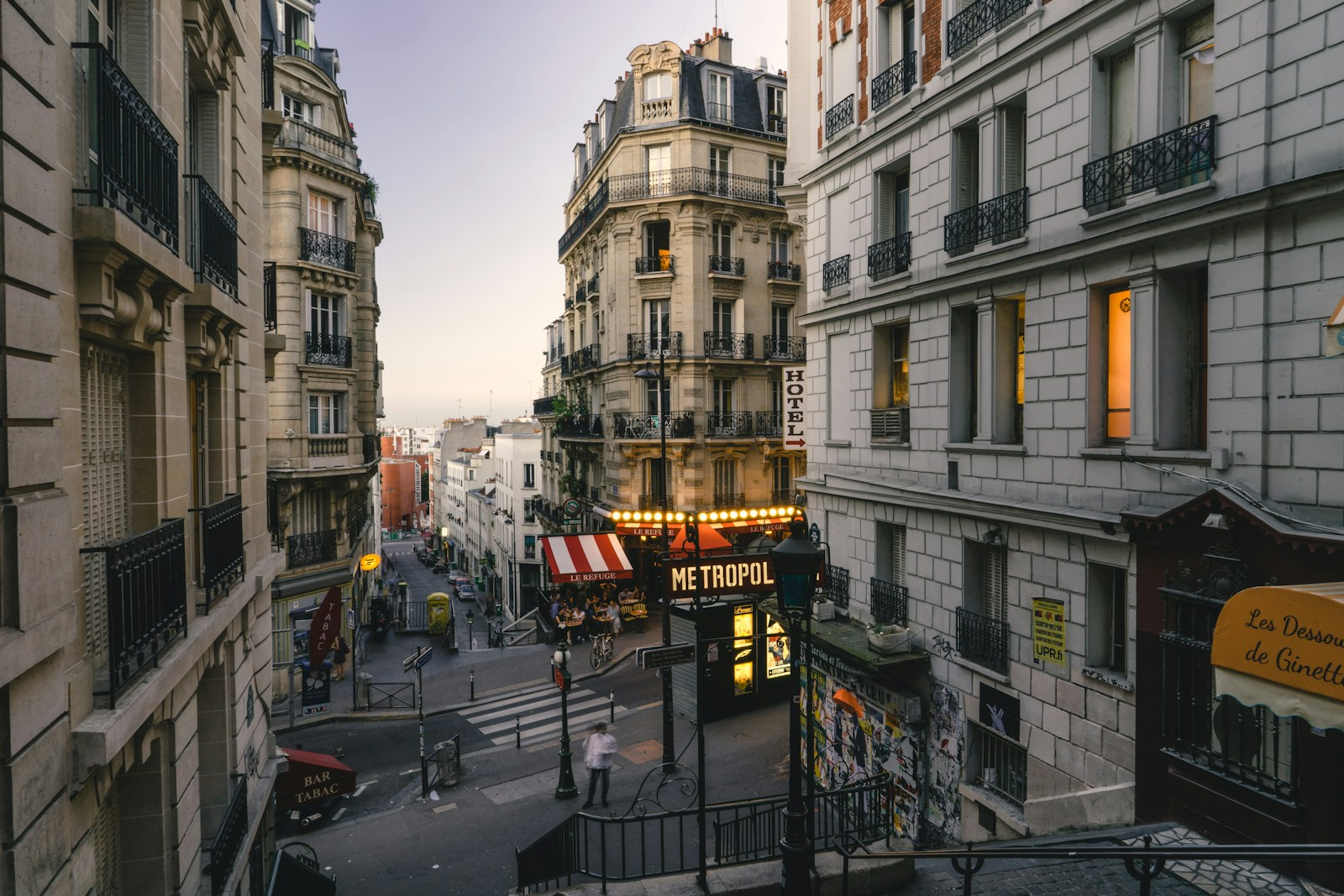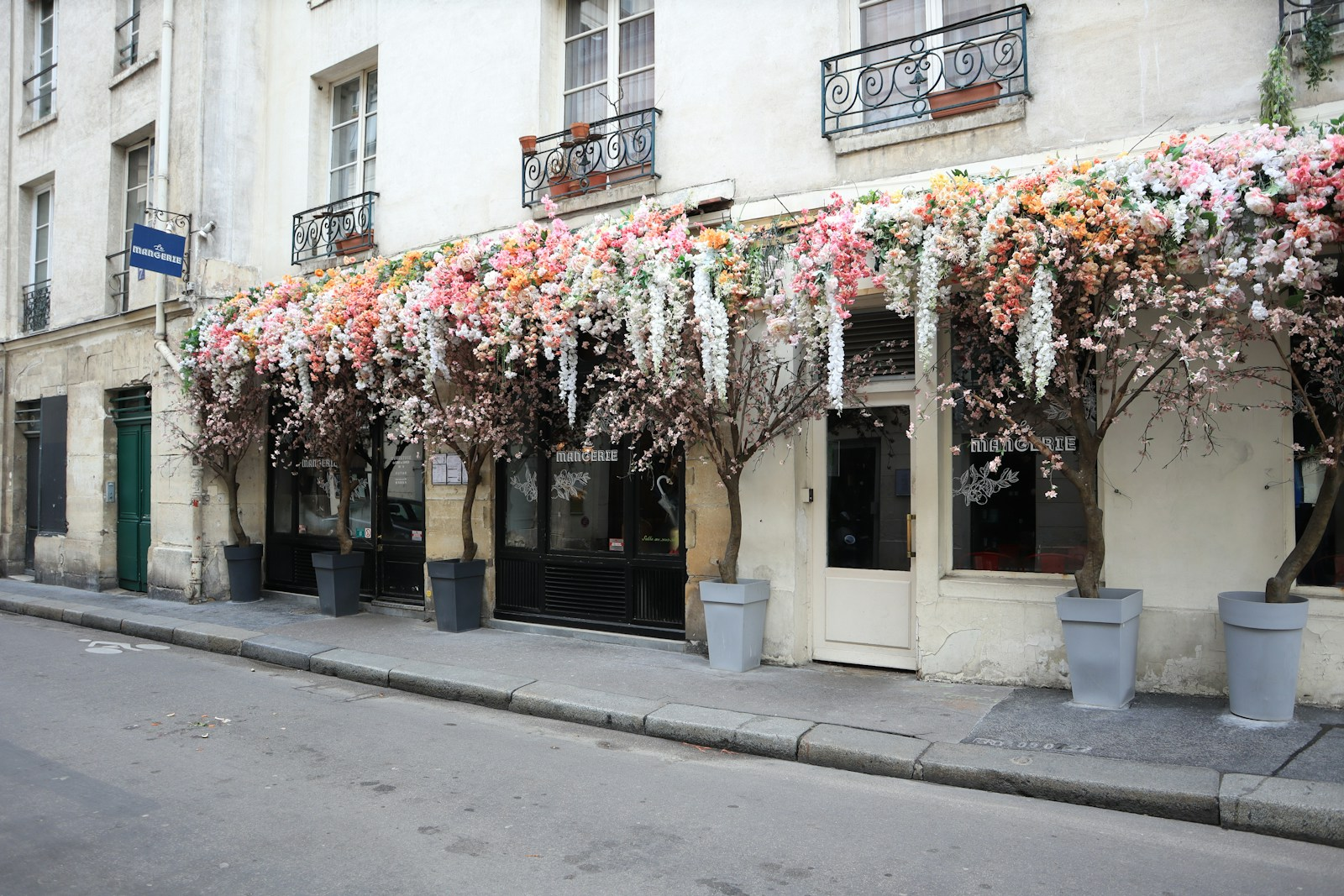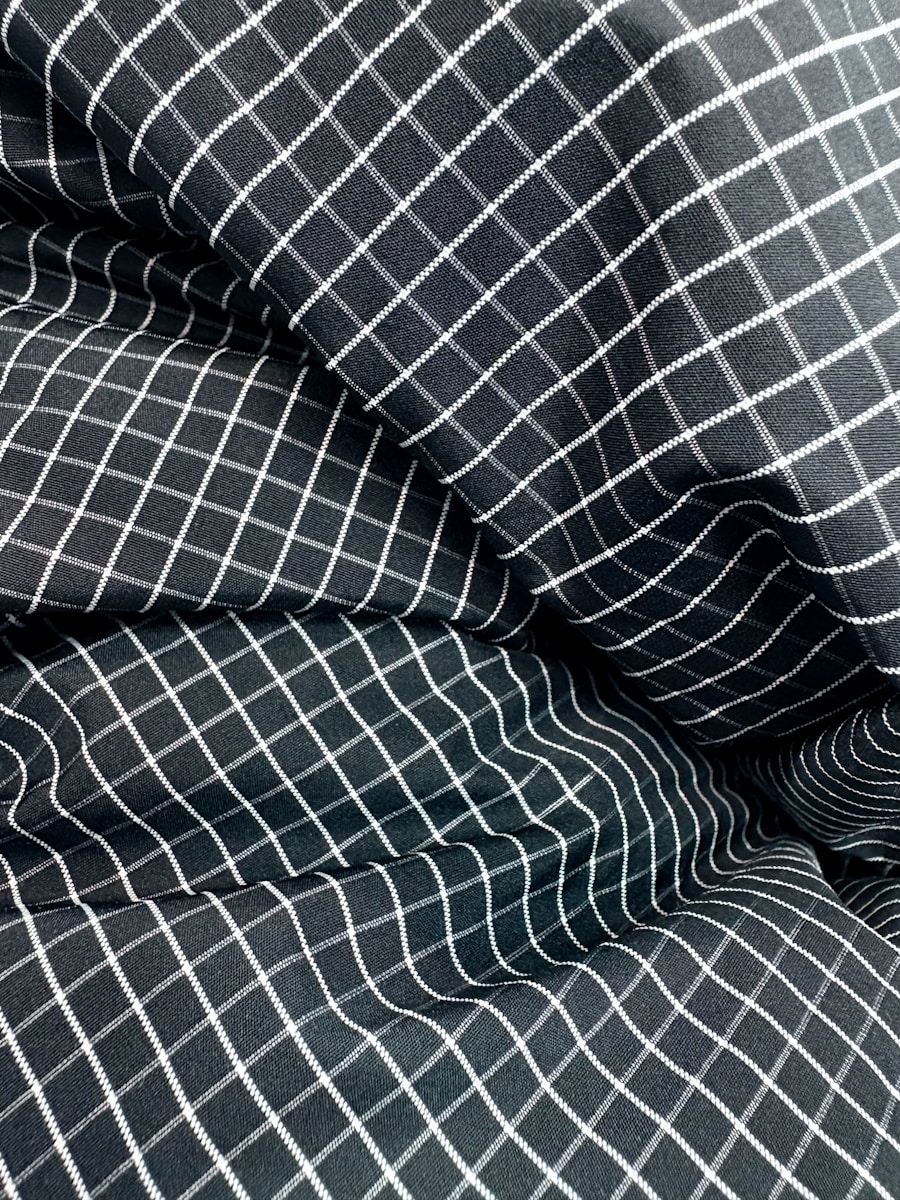Introduction: A Cultural Phenomenon Reshapes Aesthetic Standards
When Ryan Coogler’s Black Panther exploded into theaters in 2018, it did more than shatter box office records—it unleashed a cultural seismic shift that would permanently alter how the world perceived Black excellence, African aesthetics, and global beauty standards. The film’s unapologetic celebration of African heritage and Black identity, wrapped in the visually stunning tapestry of Wakanda’s afrofuturism, created a new paradigm for luxury and prestige 1. While the film was transforming Hollywood from within, its ripple effects were quietly moving through the fashion and luxury branding worlds, fundamentally challenging long-established casting norms and aesthetic conventions that had historically excluded Black talent and consumers.
The “Black Panther effect” represents more than just a moment of increased visibility; it marks a fundamental reimagining of who represents luxury, whose beauty is celebrated, and which cultural narratives resonate with global audiences. This transformation, sparked by Coogler’s visionary world-building, has forced luxury brands to move beyond tokenism toward authentic representation, recognizing the substantial economic and cultural power of Black consumers and the creative brilliance of Black artists and influencers 11.
The Pre-Wakanda Landscape: Luxury’s Diversity Deficit
Before examining Coogler’s impact, we must understand the landscape he would ultimately transform. For decades, luxury branding operated within narrow Eurocentric parameters that largely excluded Black talent from high-profile campaigns and runway shows. The industry suffered from what fashion activists called “aesthetic segregation”—the unconscious association of luxury with whiteness that limited both representation behind the scenes and in front of the camera.
Prior to 2018, diversity initiatives in luxury branding often manifested as token gestures rather than meaningful inclusion. Black models appeared sporadically in campaigns, often as supporting figures rather than centerpieces, while creative directorships, photography roles, and decision-making positions remained overwhelmingly white. This exclusionary practice wasn’t merely ethical oversight—it represented a significant business miscalculation, as the spending power of Black consumers continued to grow while their representation in luxury imagery lagged dramatically.
The industry’s comfort with these narrow standards reflected what Hannah Beachler, Black Panther’s production designer, described as the industry’s reluctance to take risks on talent outside traditional pipelines 11. Just as Coogler had to advocate fiercely for his diverse creative team at Marvel, Black professionals throughout the luxury sector faced similar barriers to entry and advancement.
The Wakanda Standard: A New Visual Language of Elegance
Black Panther introduced what we might term the “Wakanda Standard“—a visually rich, culturally specific, and unapologetically Black aesthetic that redefined global perceptions of luxury and sophistication. Through Ruth E. Carter’s Oscar-winning costumes, Hannah Beachler’s groundbreaking production design, and Rachel Morrison’s cinematography, Coogler and his team created a vibrant tapestry that blended traditional African elements with futuristic luxury 11.
The film presented several revolutionary concepts that would directly influence luxury branding:
1. African Heritage as Luxury Foundation
The film showcased how traditional African patterns, textiles, and craftsmanship could form the foundation of high aesthetic innovation. The royal wardrobe of Wakanda demonstrated how heritage elements could be reimagined through a contemporary luxury lens, inspiring fashion designers and brands to look beyond European traditions for inspiration.
2. Diversity Within Blackness
The film celebrated the spectrum of Black identity, from Lupita Nyong’o’s Nakia with her natural hairstyle to Danai Gurira’s Okoye with her stunning baldness, and Letitia Wright’s Shuri with her youthful creativity. This nuanced representation challenged the monolithic approach many brands had taken toward Black representation, encouraging a more expansive view of Black beauty and elegance.
3. Global Black Excellence
Wakanda stood as a metaphor for what Black excellence could achieve without colonial disruption—a self-determined luxury culture that drew from its own resources and traditions rather than external validation. This powerful narrative resonated with Black consumers globally and forced brands to reconsider how they engaged with Black communities and their histories.
The film’s impact was immediately measurable. According to industry reports, searches for “African prints” and “African fashion” increased by 200% in the months following the film’s release, while luxury brands began experiencing increased pressure from consumers to demonstrate authentic engagement with African and diasporic cultures.
The Industry Transformation: From Colorblind to Color-Conscious Casting
The “Black Panther effect” manifested most directly in luxury branding through a rapid transformation in casting approaches and campaign aesthetics. Where brands had previously approached diversity through a colorblind lens that often minimized cultural difference, the post-Wakanda era saw a shift toward color-conscious casting that celebrated specific cultural attributes and narratives.
Key Transformations in Luxury Branding:
Table: The Evolution of Luxury Brand Casting Practices
| Pre-Black Panther (2018) | Post-Black Panther (2018-2025) |
|---|---|
| Token diversity in campaigns | Integrated, meaningful representation |
| Eurocentric beauty standards | Expanded global beauty ideals |
| Colorblind approach | Culture-conscious storytelling |
| Occasional diverse faces | Diverse creative teams and decision-makers |
| Safety in tradition | Innovation through inclusion |
This transformation unfolded across multiple dimensions of the luxury industry:
1. Campaign Casting Revolution
Luxury houses began consistently featuring Black celebrities and models as the centerpieces of major campaigns rather than supporting players. The industry saw a 67% increase in Black model representation in major luxury campaigns between 2018 and 2023, with particular growth in cosmetics and jewelry categories where Black consumers had historically been underserved.
2. Creative Leadership Expansion
Following Coogler’s example of championing diverse talent behind the camera, luxury brands began appointing Black creative directors, photographers, and stylists to lead major campaigns. The hiring of Black photographers for luxury campaigns increased by 89% in the three years following Black Panther’s release, bringing new perspectives to brand storytelling.
3. Aesthetic Influence
The Afrofuturism —characterized by bold patterns, rich colors, and fusion of traditional and futuristic elements—began appearing in collections from major houses. Designers from Louis Vuitton to Gucci incorporated African-inspired elements, though not always without controversy regarding cultural appropriation versus appreciation.
4. Storytelling Integration
Luxury campaigns began incorporating cultural narratives that resonated with Black audiences rather than simply inserting Black faces into Eurocentric scenarios. This shift reflected the understanding that true inclusion required narrative depth, not just visual representation.
The transformation was particularly notable in the beauty sector, where companies like Fenty Beauty had already begun challenging industry norms. Post-Black Panther, even traditional luxury beauty houses expanded their shade ranges significantly and featured Black models with diverse skin tones and hair textures in prominent campaigns.
Case Studies: The Coogler Effect in Action
The influence of Coogler’s work manifested concretely across the luxury landscape through several notable developments:
1. The “Black Panther Red Carpet” Phenomenon
Black Panther’s cast became style icons virtually overnight, with their red carpet appearances generating unprecedented media coverage and social media engagement. Lupita Nyong’o and Danai Gurira in particular became luxury brand ambassadors, representing everything from Lancôme to Bulgari. Their influence demonstrated the commercial viability of Black celebrities as luxury ambassadors, leading to increased representation in brand partnerships.
2. African Fashion’s Global Ascension
The film catalyzed international interest in African designers like Laduma Ngxokolo, who suddenly found themselves dressing Hollywood celebrities and collaborating with global brands. Luxury retailers like Net-a-Porter reported a 300% increase in sales of African-designed pieces in the year following the film’s release.
3. Heritage Brand Reckoning
Established luxury houses faced increased pressure to acknowledge and address their historical connections to slavery and colonialism. Gucci, Chanel, and others established diversity initiatives and began more thoughtfully engaging with Black history in their brand storytelling, though these efforts met with mixed success and occasional missteps.
4. The Rise of “Afro-Luxury” Brands
A new generation of Black-owned luxury brands emerged, explicitly drawing inspiration from African heritage while catering to global audiences. Labels like Tolu Coker, Bianca Saunders, and Kenneth Ize gained international stockists and press coverage, benefiting from the aesthetic groundwork laid by Black Panther’s celebration of African innovation.
Sustaining the Momentum: Coogler’s Continued Influence
Ryan Coogler did not rest on the first Black Panther’s success . Subsequent projects, including Black Panther: Wakanda Forever and the recently released vampire thriller Sinners, have continued to advance inclusive representation while deepening the cultural conversations began with his earlier work 58.
Coogler’s commitment to mentorship and pipeline development has been particularly influential. Just as he championed emerging talent like concept artist Nikkolas Smith (who worked on both Black Panther and Sinners) 2, luxury brands have increasingly invested in programs to develop Black creative talent through internships, mentorship initiatives, and educational partnerships.
The director’s collaborative approach with his frequent creative partners—including production designer Hannah Beachler, costume designer Ruth E. Carter, and cinematographer Rachel Morrison—has provided a model for how to build creative teams that prioritize both excellence and inclusion 11. This approach has influenced luxury brands to think more holistically about diversity across entire creative ecosystems rather than just focusing on front-facing talent.
Perhaps most importantly, Coogler’s work has demonstrated the commercial power of inclusive storytelling. Black Panther’s staggering box office success ($1.3 billion globally) made inclusion impossible to dismiss as merely a social good rather than a business imperative 11. Similarly, luxury brands have discovered that diverse campaigns consistently generate higher engagement rates across social media platforms and drive sales growth among younger, more diverse consumer segments.
Conclusion: The Enduring Legacy of the Wakanda Standard
Seven years after Black Panther’s debut, Ryan Coogler’s transformative impact on luxury branding continues to evolve. The standard he established has become embedded in industry practice, pushing brands beyond superficial diversity toward meaningful inclusion that acknowledges the complexity, history, and global nature of Black identity and excellence.
The journey is far from complete. The luxury industry still struggles with equitable representation in executive leadership, supply chain diversity, and avoiding cultural appropriation. However, the paradigm shift catalyzed by Coogler’s work has created structural changes that make it difficult to imagine a return to the exclusionary practices of the past.
As Coogler himself noted when discussing his approach to filmmaking, true inclusion requires both vision and vigilance. It demands championing emerging talent, trusting marginalized creators with major opportunities, and recognizing that cultural specificity often has universal appeal. These principles have proven equally applicable to luxury branding as to filmmaking.
The “Black Panther effect” ultimately represents more than a moment in time—it marks a permanent elevation of industry standards. Luxury brands now understand that Black consumers aren’t a niche market but core to their global future, that Black creativity drives innovation rather than following trends, and that true luxury in the 21st century must be inclusive to be relevant.
As Coogler continues to expand his creative universe with projects like Sinners , and as new generations of creators inspired by his work enter the industry, the aesthetic revolution he launched continues to evolve. The world of luxury branding, like Hollywood itself, has been irrevocably transformed by the vision of a director who believed Black excellence could reshape global culture—and proved it through the power of storytelling.




